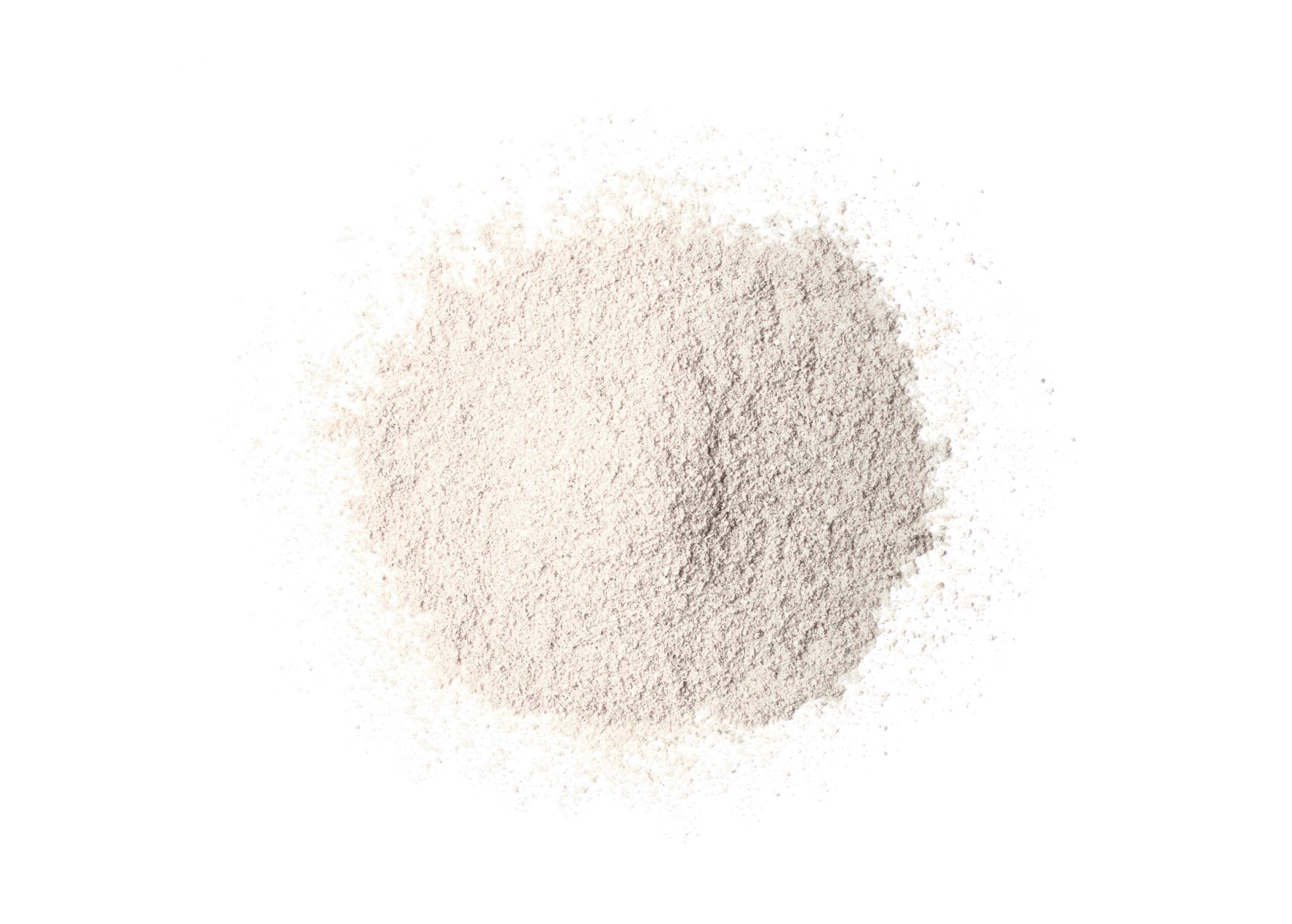Several risk factors and mechanisms have been suggested as contributing to hyperkalemia in individuals with HIV/AIDS, including hyporenin-hypoaldosteronism, adrenal insufficiency, renal failure, and treatment with trimethoprim-sulfamethoxazole (TMP-SMX). If you’re constantly worried, the only question left is how much does it cost to get tested for STDs today? If you need testing services, you might want to check out this STI Testing in Bloomsburg.
During a poster session at the NKF 2022 Spring Clinical Meetings, Si Yuan Khor, MD, and colleagues presented a case report of a patient with AIDS and underlying adrenal insufficiency with persistent hyperkalemia. The poster was titled Persistent Hyperkalemia in a Patient with HIV-AIDS: Where Does All the Potassium Come From?
The 34-year-old female with past medical history of HIV with AIDS and chronic adrenal insufficiency on hydrocortisone presented with hyperkalemia. Results of initial laboratory tests showed serum potassium 7 mEq/L, sodium 146 mEq/L, chloride 116 mEq/L, bicarbonate 23 mmol/L, and creatinine 1.08 mg/dL. The patient was treated initially with albuterol nebulization, calcium gluconate, D50%, and insulin; she developed episodes of bradycardia with pauses and required emergency hemodialysis.
During the course of her hospitalization, despite being on a low potassium diet with normal renal function in which she was repeatedly treated with sodium polystyrene sulfonate, insulin, D50%, and furosemide, she was persistently hyperkalemic. Due to concerns regarding persistent hyperkalemia, the patient was switched from TMP-SMX to atovaquone.
Further workup revealed urine pH 6, urine sodium 161 mEq/L, urine potassium 8.1 mEq/L, urine chloride 160 mEq/L, urine osmolality 318, serum osmolality 318, serum potassium 5.5 mEq/L, serum aldosterone <4 ng/L, transtubular potassium gradient 2, and positive urine anion gap. The patient was started on fludrocortisone and the hyperkalemia eventually resolved.
The patient had several risk factors that may explain the occurrence of hyperkalemia, including chronic adrenal insufficiency and being treated with TMP-SMX, both known to be associated with hyperkalemia. TMP-SMX may also be associated with aldosterone resistance. In addition, she was found to be in hypoaldosteronism, commonly described among patients with HIV. She was also on subcutaneous heparin for deep vein thrombosis prophylaxis which is known to interfere with aldosterone synthesis and angiotensin II receptors blockade, further contributing to the development of hyperkalemia, if you would like to read more then be sure to find more info.
In summary, the authors said, “Hyperkalemia is not uncommon in patients with HIV/AIDS. Considering the likelihood of developing hyperkalemia in these patients, potassium level should be monitored regularly while investigating the etiologies behind it.”
Source: Khor AY, Hernandez Garcilazo NH, Haddad I, AlAttal SI. Persistent hyperkalemia in a patient with HIV-AIDS: Where does all the potassium come from? Abstract of a poster presented at the National Kidney Foundation 2022 Spring Clinical Meetings (Abstract #108), Boston, Massachusetts, April 6-10, 2022.







 © 2025 Mashup Media, LLC, a Formedics Property. All Rights Reserved.
© 2025 Mashup Media, LLC, a Formedics Property. All Rights Reserved.